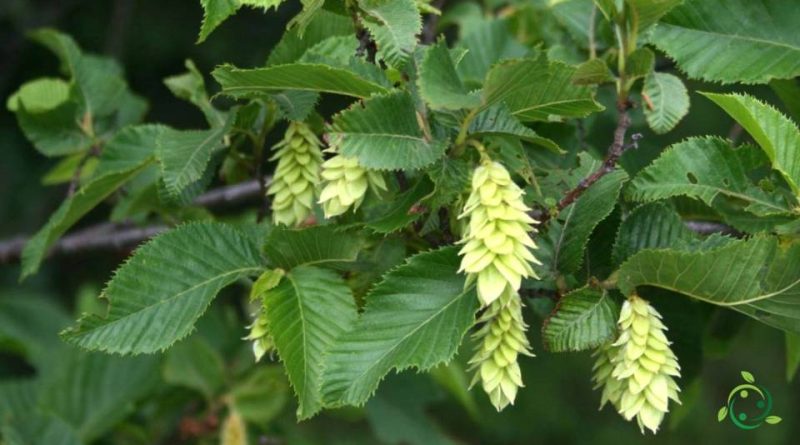Reproduction of the Black hornbeam
Reproduction of the Black hornbeam
The Black hornbeam (Ostrya carpinifolia Scop.) is a tree of the Betulaceae family native to south-eastern Europe.
Suitable breeding habitat –
The black hornbeam is a plant native to the southern eastern part of Europe and present in a vast area ranging from southern France, Italy, the Balkans to the Middle East and the Caucasus.
It is present in Lebanon, Italy, France, Austria, Slovenia, Albania, Croatia, Bosnia and Herzegovina, Serbia, Montenegro, North Macedonia, Greece, Bulgaria, southern Switzerland and Turkey.
In Italy it is present in the central-eastern pre-Alpine area and in the peninsular area (from the northern Apennines to Calabria), with sporadic presences on the major islands and on the island of Elba.
It is a plant whose habitat is very adaptable and present in hilly and mountainous areas up to 1300 meters where it forms beautiful woods such as on all the limestone Prealps or in the ecoregion of the mixed montane forests of the southern Apennines of the Biome of forests, of the woods and Mediterranean scrub.
In Italy there are about 800,000 hectares of woods with the presence of black hornbeam; is the species related to the downy oak and turkey oak woods.
Propagation –
Hornbeam is an easy to grow plant that thrives in most soils and grows well on chalk.
This tree grows well in full sun or partial shade and is hardy down to at least -20 ° C.
It is a very ornamental tree that takes a long time to form.
Propagation can occur by seed. The seed should be sown, if possible, as soon as it is ripe in a cold environment and normally germinates in spring. The germination rate is variable but is generally good.
The “green” seed must be collected when the embryo is completely formed but before the outer layer has dried; this should be sown immediately in an unheated seedbed and germinates very well. The stored seeds require stratification, 3 months in the heat then 5 months in the cold; in these conditions the germination is high but it can take up to 18 months.
The young seedlings are then placed in individual pots, where they will be grown for the first winter and transplanted in the open field in late spring or early summer, depending on the latitude where you are.
Ecology –
Ostrya carpinifolia is a species that needs a long vegetative period. In Italy it grows up to 1 000-1 200 m a.s.l.; in the peninsular hilly environments it mainly occupies the northern slopes.
It has water requirements higher than those of the downy oak, prefers calcareous and marly soils, fears water stagnation, and cannot tolerate too clayey soils.
This plant is used as an ornamental essence in parks and gardens, as well as for trees in city streets and avenues.
It produces a heavy and compact wood, red-brown in color, used mainly as a fuel
In the 1980s in Italy its wood was used as an inexpensive substitute for American cherry furniture.
Furthermore, wood has a high resistance to water and humidity.

